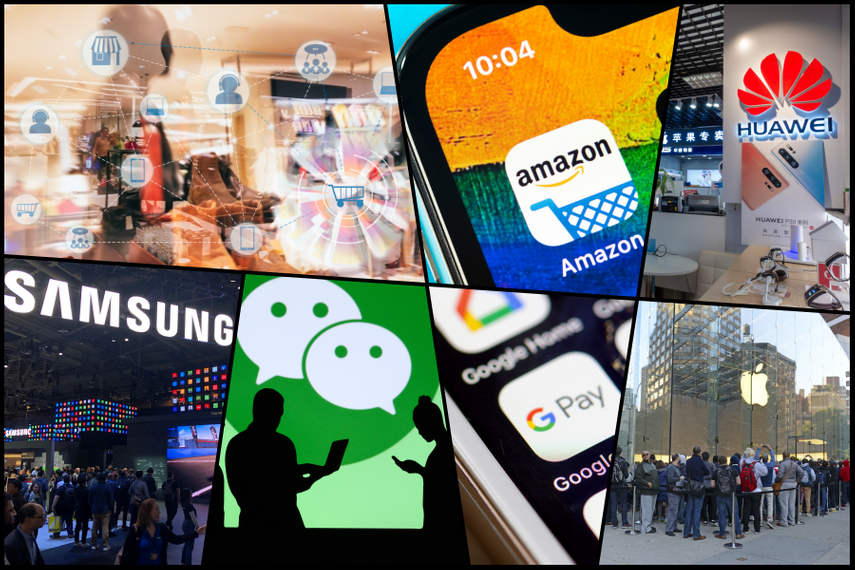
Please sign in or register
Existing users sign in here
Having trouble signing in?
Contact Customer Support at
[email protected]
or call+852 3175 1913
ASIA’S TOP 1000 BRANDS: Device makers and platforms dominate, but even consumer goods brands are competing to deliver more seamless and integrated digital experiences.

Contact Customer Support at
[email protected]
or call+852 3175 1913
Top news, insights and analysis every weekday
Sign up for Campaign Bulletins
This year's roundup begins with standout films from Indonesia, Malaysia, Singapore, and Pakistan, with more to come.
The region was a hotbed of activity with key movements in India and Indonesia, and China leading local reviews.
Following its move away from third-party fact-checking, Meta’s Community Notes feature is intended to be less biased and more scalable.
EXCLUSIVE: Grove B2B will focus on APAC-wide advisory-to-activation, as the agency hopes to break the traditional legacy B2B model and deliver marketing-as-a-service underpinned by business results.